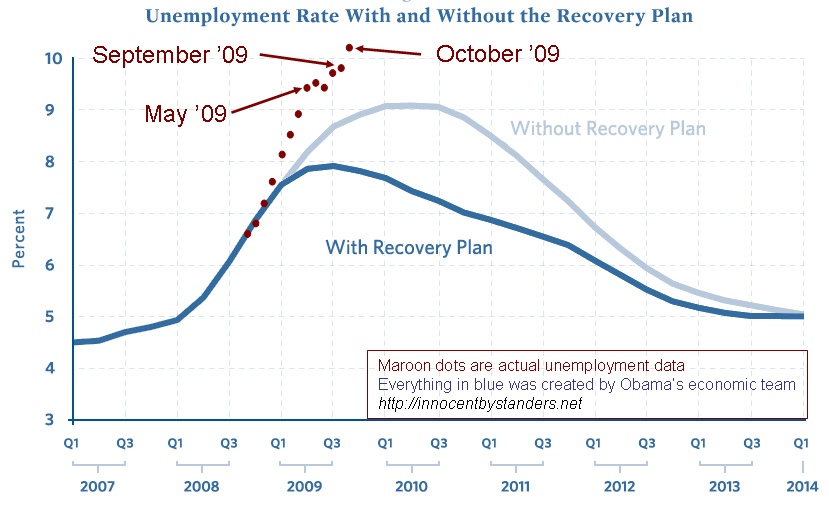The number one problem with American healthcare is the cost. It's just too expensive. So what should we focus on?
Maybe the cost?
Unlike the Democrats’ strategy of trying to provide near-universal coverage and force other major changes to the insurance system, the Republican approach is an incremental one with a different goal – controlling health care costs.
The bill does not aim to cover every person in America, nor should it. Our country cannot afford its current expenses, much less the extra trillion dollars for a new entitlement. The Republican bill is
significantly cheaper.
The CBO put the price tag for the GOP plan at $61 billion, a fraction of the $1.05 trillion cost estimate it gave to the House bill that lawmakers are set to vote on this weekend. And the CBO found that the Republican provision to reform medical malpractice liability would result in $41 billion in savings and increase revenues by $13 billion by reducing the cost of private health insurance plans.
The CBO estimates that cost savings will translate into lower premiums.
According to CBO, the GOP bill would indeed lower costs, particularly for small businesses that have trouble finding affordable health care policies for their employees. The report found rates would drop by seven to 10 percent for this group, and by five to eight percent for the individual market, where it can also be difficult to find affordable policies.
The GOP plan would have the smallest economic impact on the large group market that serves people working for large businesses that have access to the cheapest coverage. Those premiums would decline by zero to 3 percent, the CBO said.
The Republican plan aims to lower costs through
increased competition:
--Let insurers sell policies across state lines. That would loosen the strangling state-by-state regulations and unleash competition to drive premium prices down.
--Give people who buy insurance in the private market the same tax breaks as those who get it through employers. Now, employers that offer coverage get a tax break on the premiums they pay for employees. And employees don't pay taxes on the value of the coverage they receive. People who want to buy insurance in the individual market should get the same tax breaks. That would help millions of people acquire coverage.
--Expand the ability of small businesses, trade associations and other groups to set up insurance pools to offer coverage at more attractive rates.
--Control health costs in part by reining in the medical malpractice system that raises insurance premiums and forces doctors to order tests to protect themselves from lawsuits. Limiting certain kinds of damage awards would reduce spending on health care by about $11 billion in 2009, or about one-half of 1 percent, the Congressional Budget Office estimates. Think about that in human terms: Reform would save millions of patients the expense and trauma of unnecessary tests and procedures.
By allowing interstate competition between insurers and eliminating the tax advantage of employer based insurance, the GOP bill will open up a great deal of competition as quality insurers can compete across the country to increase the size of their risk pools, and their profits.
With the spotlight shining so brightly on insurance companies, they will have to compete on quality and price as they expand across the country. Integrated insurance and health delivery systems like Kaiser-Permanente come to mind as a possible model for much of the US.
The insurance market to date has almost completely stagnated. Most states have one or two large insurers splitting their entire market, and they use their monopoly power to edge out newcomers.
This is why it is so important to unleash large insurer vs. large insurer, to let them tear each other apart trying to grow their market shares.
We must also make sure to reduce barriers to entry where we can to allow newcomers to bring fresh ideas to the table.
This new plan from the GOP excites me for two reasons. One, it presents very reasonable ideas to greatly improve the existing system and control costs. Two, it shows the country that reform does not have to be a trillion dollar, 2000 page, bureaucratic expansion.
The bill is far from perfect, though. It will not cover nearly as many people as the Democratic House bill (3 million vs 36 million), as there is no mandate for coverage.
Also,
the Republicans stopped short of ending the anti-trust exemption for insurance companies.
The GOP bill also has no provision against dropping coverage for pre-existing conditions. However I personally think this will become less of a problem with increased competition on the individual policy market.
Also I would rather see insurance premiums taxed at the same rate as other income. This could be done without raising total taxes (the last thing we want in a recession) by taxing insurance premiums while lowering the overall tax rate. This puts more pressure on insurance companies to do more with less, and ends the inflation-inducing tax-free premium.
House Minority Leader John Boehner (R-Ohio)
was refreshingly candid in his summation:
"We do not attempt to cover 46 million more Americans. We will cover millions more Americans. We do not increase taxes. We do not cut Medicare and Medicaid. We dot not have mandates on individuals or businesses."
It doesn't go far enough, but the GOP bill is a good starting place, with affordable, common sense reforms.













